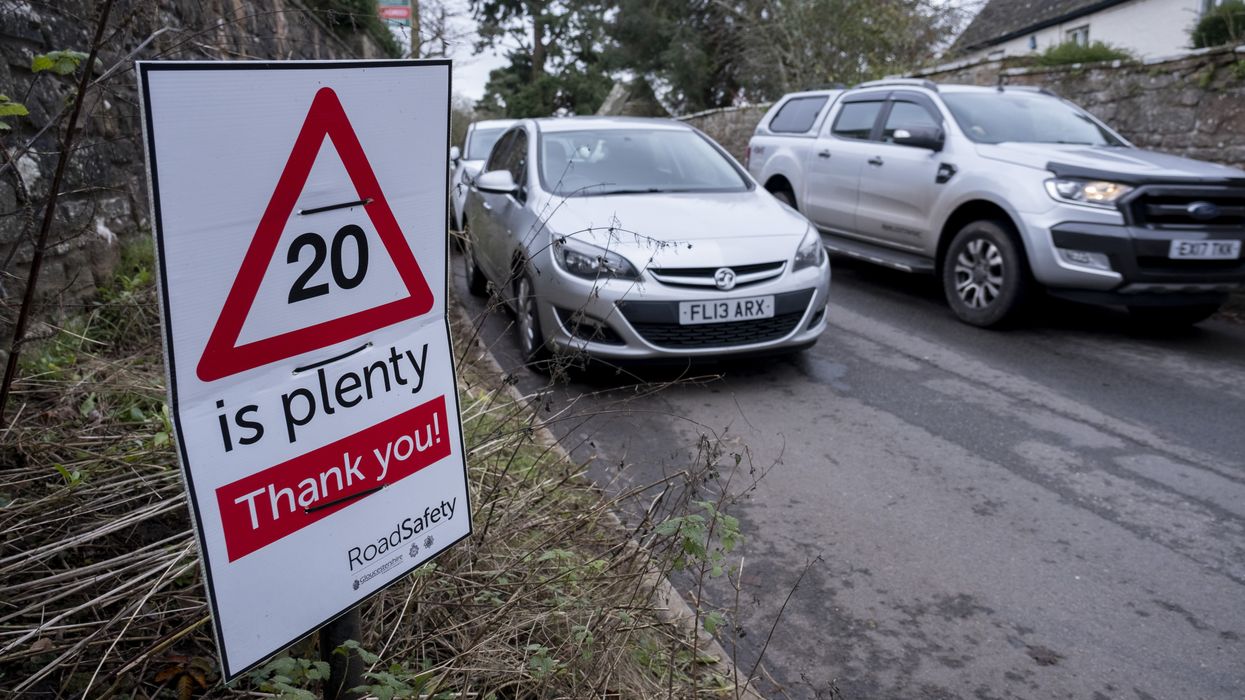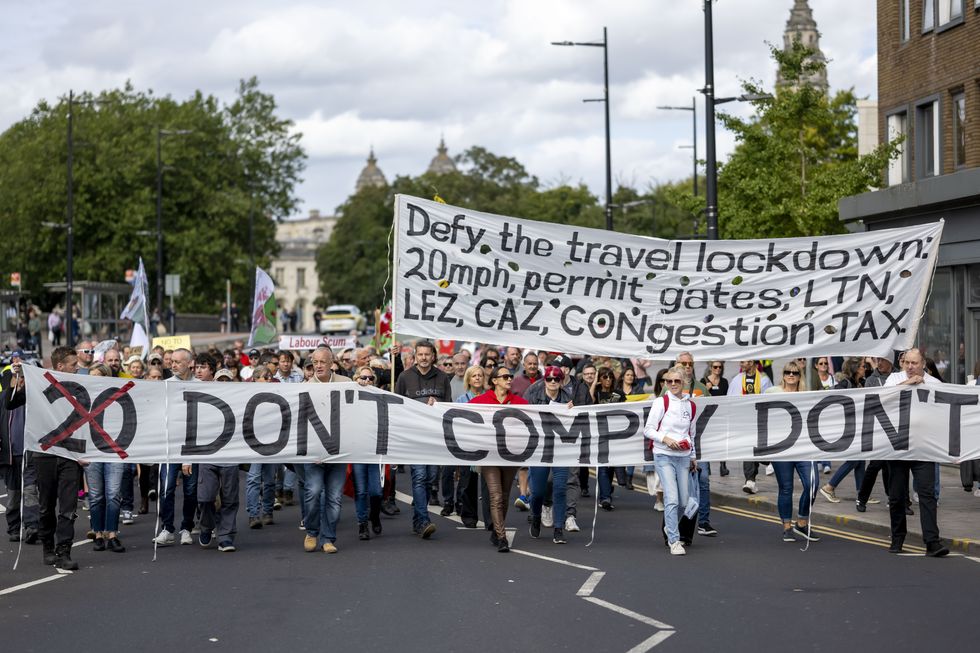20mph speed limit roads and Low Traffic Neighbourhoods need 'refreshed guidance' to boost rollout

Louise Haigh said the Government would 'fully support' any 20mph or LTN schemes
| GETTY
'When it comes to 20mph limits, councils should ensure the roads chosen are really appropriate'
Don't Miss
Most Read
Experts have reacted to Labour's decision to leave decisions about 20mph roads and Low Traffic Neighbourhoods to local authorities, saying more clarity is needed.
Earlier this week, Transport Secretary Louise Haigh said that decisions relating to the road traffic measures should be left to communities rather than Whitehall.
She said that she wants to move away from the "culture" wars that were commonplace in the previous Conservative Government after former Prime Minister Rishi Sunak criticised LTNs.
Haigh, who represents Sheffield Heeley, said local authorities would have her "full support" to roll out schemes like 20mph speed limits and LTNs.
Do you have a story you'd like to share? Get in touch by emailing motoring@gbnews.uk

LTNs were popularised during the pandemic
| PALow Traffic Neighbourhoods became more popular during the pandemic as local councils introduced them to block access for vehicles and to promote walking and cycling.
Reacting to the support for LTNs and lower speed limits, Simon Williams, RAC head of policy, said the Government would be best placed to provide further guidance for councils looking to introduce schemes.
He said: “Ultimately, local authorities are best placed to decide which roads are most suitable for 20mph limits, and where Low Traffic Neighbourhoods make the most sense.
"However, we think there's a good argument for central Government to provide councils with refreshed, crystal-clear guidance on the implementation of both, to avoid the sorts of problems that have cropped up in different parts of the country."
He suggested that LTNs should have the backing of local residents to ensure they work properly, as well as assess the impacts of motorised vehicles.
All of these measures should be considered, especially as drivers need to travel for school, work and other necessities.
There have been calls for drivers to voice their concerns about the 20mph speed limit roads and LTNs to ensure their local authorities can roll them out in a targeted manner.
Most drivers agree that they should be introduced on roads near hospitals, care homes, schools and other areas where there may be a greater concentration of vulnerable road users.
Williams added: "When it comes to 20mph limits, councils should ensure the roads chosen are really appropriate – for instance, those in heavily built-up areas or close to schools – and avoid chopping and changing guidance as we've seen happen in Wales."
Wales became the first country in the UK to have a blanket rule for 20mph to be the default speed limit on restricted and residential roads when it launched the rule changes last year.
This has since been met with sharp resistance, including a petition calling for the limits to be scrapped and signed by almost 470,000 drivers, making it the most popular petition in Senedd history.
Scotland is preparing to introduce new rules to work with local authorities to reduce the speed limit "in our towns, cities and villages to 20mph, where appropriate, by the end of 2025," according to Road Safety Scotland.
LATEST DEVELOPMENTS:

The 20mph speed limit rules sparked protests across Wales
| GETTYThe aim of these measures is to encourage more people to walk and cycle, as well as "create more pleasant streets and neighbourhoods" for all road users.
It will also look to simplify and standardise speed limits across the nation to ensure all motorists are aware of the limits, no matter where they drive.










